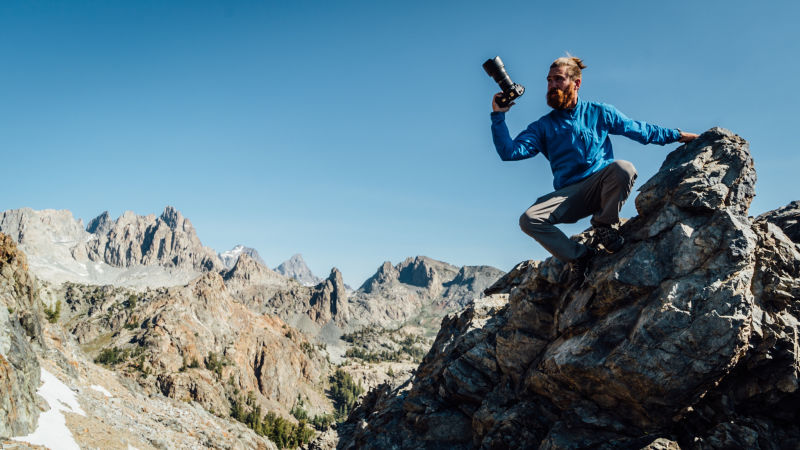Adventure activities—whether hiking, kayaking, zip-lining, rock climbing, or diving—are some of the most thrilling ways to explore the world. However, with excitement comes responsibility. Every adventure carries risks, and ensuring safety, professionalism, and quality is crucial. This is where adventure activity standards come into play. But what are they, and why are they so important? Let’s explore their purpose, scope, and impact on both providers and participants.

Content
Understanding Adventure Activity Standards
Adventure activity standards are formal guidelines that define how adventure and outdoor activities should be delivered. These standards ensure that providers maintain a high level of safety, offer quality experiences, and uphold ethical practices. They cover everything from staff training and equipment maintenance to emergency planning and environmental responsibility.
Essentially, they act as a framework to minimize risks while maximizing enjoyment, making them essential in today’s travel and tourism industry.
Why Do Adventure Activity Standards Matter?
- Safety First – Outdoor activities can involve unpredictable environments such as rivers, mountains, or forests. Standards ensure that providers use reliable equipment, conduct risk assessments, and follow proper safety procedures.
- Trust and Credibility – When a company follows recognized standards, customers feel more confident booking an activity, knowing it meets quality benchmarks.
- Consistency in Experience – Standards guarantee that participants receive the same level of professionalism, whether they’re joining a local climbing class or an international rafting trip.
- Legal and Ethical Responsibility – In many regions, adhering to these standards is not only recommended but required by law to protect both the provider and participants.
Key Elements of Adventure Activity Standards
Adventure activity standards usually cover the following areas:
- Staff Competence: Instructors and guides must have proper certifications, first aid training, and experience in the activity they are leading.
- Equipment Maintenance: Helmets, ropes, life jackets, and other gear should be inspected regularly to ensure reliability.
- Risk Assessment: Providers are required to assess environmental conditions, group abilities, and potential hazards before starting an activity.
- Emergency Preparedness: Clear plans for accidents, sudden weather changes, or medical emergencies must be in place.
- Environmental Care: Adventure standards often promote sustainable practices, ensuring natural sites remain preserved for future generations.
International and Regional Frameworks
Different countries have developed frameworks to regulate and guide adventure activities. For example:
- ISO Standards: The International Organization for Standardization has guidelines for outdoor and adventure tourism.
- National Schemes: Countries like the UK, Australia, and New Zealand have specific codes of practice for adventure providers.
- Tourism Certifications: Many destinations encourage providers to obtain eco-tourism or safety certifications to attract global travelers.
These frameworks make sure that adventure providers operate responsibly, no matter where they are located.
The Role of Providers and Participants
Standards are only effective when both sides play their part.

- Providers must implement best practices, train staff regularly, and stay updated with industry requirements.
- Participants should follow instructions, use equipment properly, and disclose any health issues that could affect safety during the activity.
This shared responsibility helps create a safe and enjoyable adventure environment.
Benefits Beyond Safety
While safety is the primary focus, adventure activity standards offer additional advantages:
- Reputation Building: Providers who adopt standards often stand out as trusted leaders in the industry.
- Market Growth: International travelers are more likely to choose certified operators, boosting tourism opportunities.
- Sustainability: By encouraging eco-friendly practices, standards help protect landscapes and wildlife from overuse or damage.
Challenges in Implementation
Despite their importance, implementing adventure activity standards can be challenging. Smaller providers may face financial or resource limitations when trying to meet certification requirements. Additionally, the diversity of activities—from mountain biking to scuba diving—makes it difficult to have one universal framework. However, gradual adoption and government support can help bridge these gaps.
Conclusion: Raising the Bar for Adventure
Adventure activities inspire excitement, courage, and unforgettable memories. But behind every safe and enjoyable experience—whether it’s a hiking tour in the Alps or a Patagonia trip—is a system of carefully designed standards. By defining safety measures, quality expectations, and environmental responsibility, adventure activity standards ensure that participants and providers alike can enjoy thrilling activities with peace of mind.
For travelers, choosing a certified provider means more than just safety—it means investing in professionalism, sustainability, and trust. For providers, adhering to these standards not only reduces risks but also elevates their reputation in a competitive market.
In the end, adventure is about pushing limits, but it should never come at the cost of safety or responsibility. Standards help strike that perfect balance, making every journey into the great outdoors both secure and unforgettable.
FAQ’s
What are the characteristics of an adventure activity?
Adventure activities usually involve physical challenge, risk, excitement, skill development, and engagement with natural or unfamiliar environments.
What is the purpose of the Australian Adventure Activity Standards?
They provide safety guidelines and best practices for outdoor adventure providers in Australia to ensure risk management, participant safety, and consistent quality.
What is adventure activity?
An adventure activity is a recreational experience that involves challenge, uncertainty, and outdoor or dynamic settings, such as climbing, rafting, hiking, or diving.

Nelle Diamond has been to over 100 countries, has a penchant for all things food, and is also an experienced mountaineer. She loves nothing more than exploring the world on her own terms.












